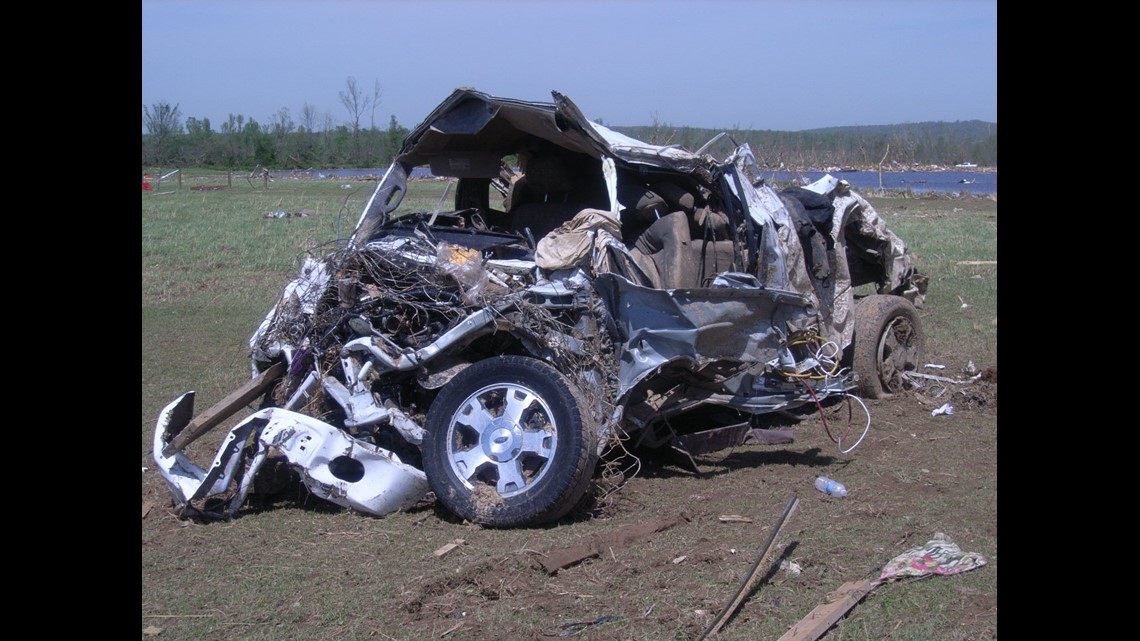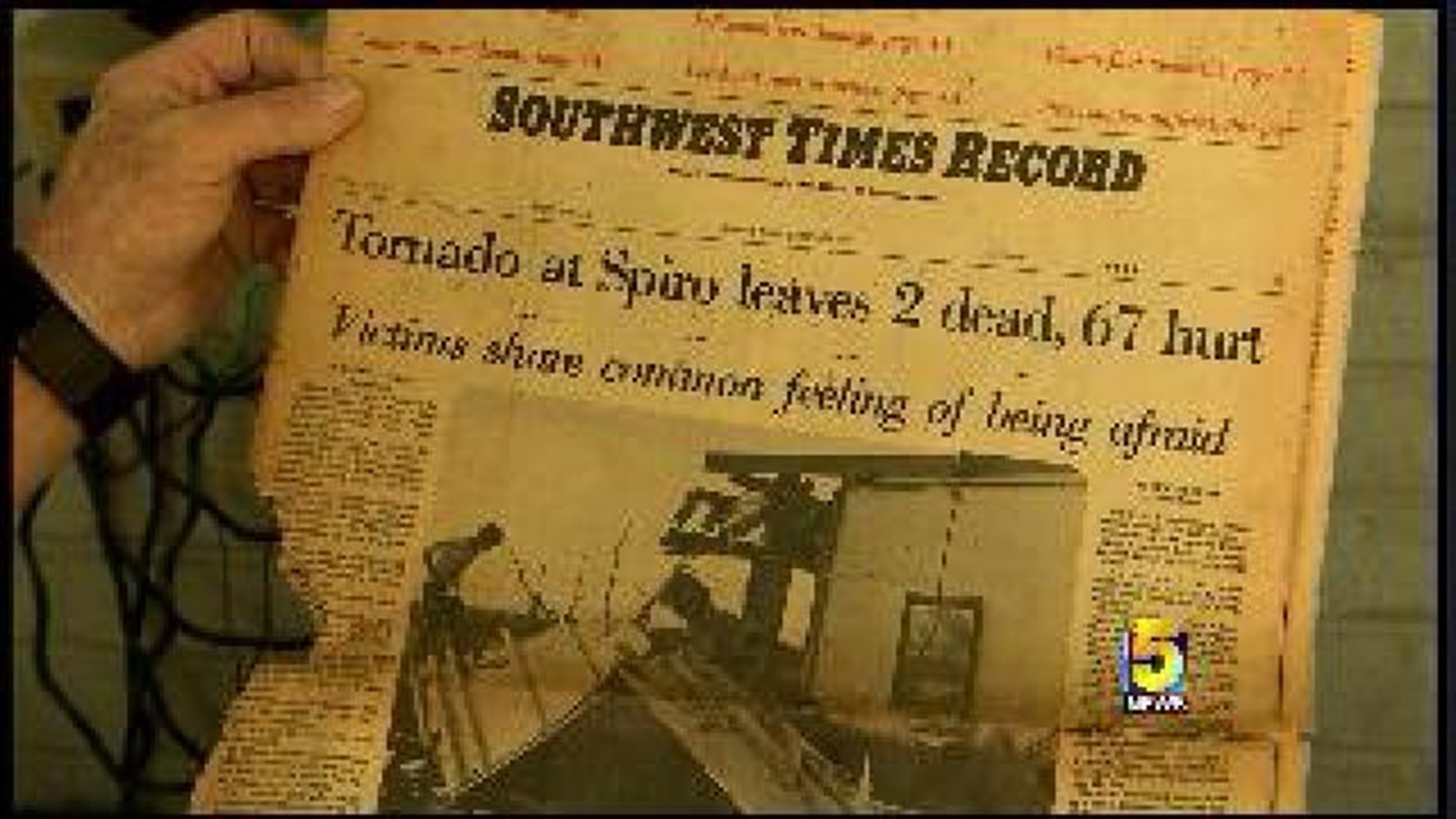The tornado that hit the Mayflower and Vilonia area on Sunday and caused extensive damage has been rated an EF-4, according to a report released Wednesday by the National Weather Service.
National Weather Service officials this week assessed damage from the tornado that went through and caused major damage to Vilonia, Mayflower and Paron. The tornado started just inside the Pulaski County line, four miles north of Lake Norrell, and went on a continuous damage path for at least 30 miles to Vilonia, according to the National Weather Service.
Tornadoes are rated on the Enhanced Fujita scale 0 to 5, with 5 possessing the strongest winds. An EF-4 tornado can have winds up to 200 miles per hour, according to the National Weather Service.
"There were some houses that were pretty well cleaned off their foundations,” said John Robinson with the National Weather Service. “Again, in cases like that, we are going to look at the foundations of those houses, how they were constructed in making the decision."
A 2011 tornado that hit Altus, Denning and Etna was an EF-4.
Topping the charts in 1976, an EF-5 slammed Spiro, Okla.
"This is an edition of the next morning. March 27, this happened on a Friday afternoon," said Dale Stout, while showing a newspaper of the 38-year-old event. Stout survived the 1976 tornado.
Page by page, image by image, and headline by headline, Stout remembers that twister through a saved newspaper.
Stout’s home was destroyed but has been rebuilt.
Donna Goforth survived the Spiro twister as well.
"I saw all of this orange and grapefruit all in my front yard,” said Goforth. “It's just like you had placed them there. I have no idea where they were from."
Almost four decades later, Stout said it's just like he experienced the tornado just yesterday.
"It was pretty touching,” said Stout. “It was a long time building back. I know that."
Stout has high hopes for the Central Arkansas community.
"Time heals on and the Lord. The Lord will heal a lot of broken hearts," he said.
The last EF-5 tornado in Arkansas dates back to 1929 in northern Jackson County, which is in eastern Arkansas.



